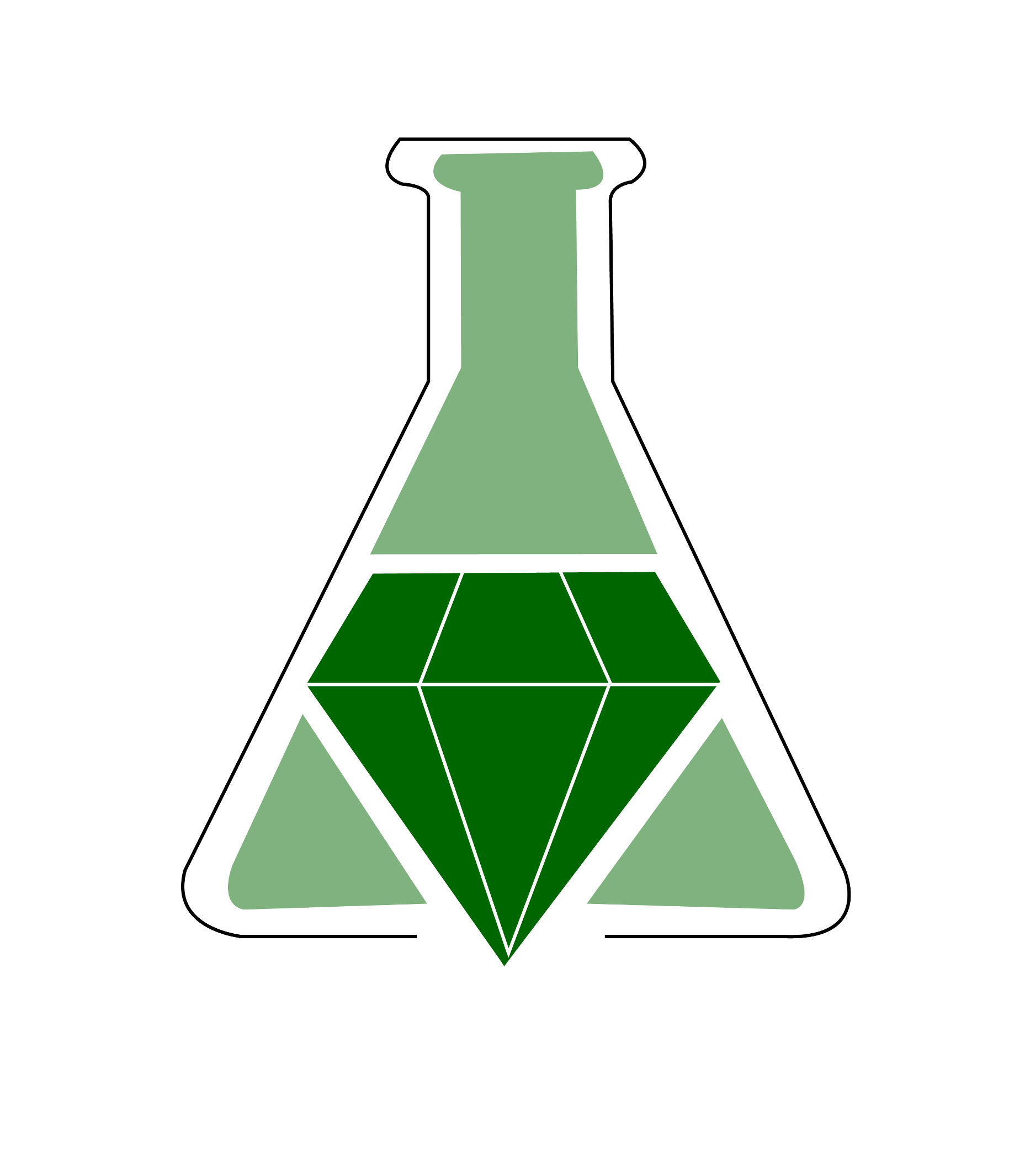Comparative Methylation of 1,8-Dihydroxy-9,10-anthraquinone: Chemoselectivity in the Organic Chemistry Laboratory

Summary
This experiment demonstrates chemoselectivity in various reaction conditions. The mono or di-methylation of 1,8-dihydroxy-9,10-anthraquinone can be controlled by either refluxing the reagents in tetraglyme or by simply heating without solvent. Also, this ether synthesis has been made greener by eliminating flammable THF and dangerous sodium hydride and by using a less toxic methylating agent.
The lab consists of refluxing one batch in tetraglyme for 2 hours, heating a different batch without solvent in a test tube for a total of 10 minutes, and then purifying each crude product via sublimation. The author reports that both of the experiments could be performed in a four-hour lab, but if needed, the lab could easily be shortened be nixing one of the methylations or, because the crude is sufficiently pure, the sublimation step.
Among the myriad topics that could be discussed are green chemistry, nucleophilic substitution chemistry, chemoselectivity, ether synthesis, hydrogen bonding, conjugated systems, thin-layer chromatography, and melting point determination.
Supplemental information includes lab procedures, lab questions, instructor notes, an equipment list, and instructor tips.
Summary prepared for the original GEMs database December 2008 by Douglas M. Young at the University of Oregon.
Comparative Methylation of 1,8-Dihydroxy-9,10-anthraquinone: Chemoselectivity in the Organic Chemistry Laboratory
Grigoriy A. Sereda
Journal of Chemical Education 2005 82 (12), 1839
DOI: 10.1021/ed082p1839
The lab consists of refluxing one batch in tetraglyme for 2 hours, heating a different batch without solvent in a test tube for a total of 10 minutes, and then purifying each crude product via sublimation. The author reports that both of the experiments could be performed in a four-hour lab, but if needed, the lab could easily be shortened be nixing one of the methylations or, because the crude is sufficiently pure, the sublimation step.
Among the myriad topics that could be discussed are green chemistry, nucleophilic substitution chemistry, chemoselectivity, ether synthesis, hydrogen bonding, conjugated systems, thin-layer chromatography, and melting point determination.
Supplemental information includes lab procedures, lab questions, instructor notes, an equipment list, and instructor tips.
Summary prepared for the original GEMs database December 2008 by Douglas M. Young at the University of Oregon.
Comparative Methylation of 1,8-Dihydroxy-9,10-anthraquinone: Chemoselectivity in the Organic Chemistry Laboratory
Grigoriy A. Sereda
Journal of Chemical Education 2005 82 (12), 1839
DOI: 10.1021/ed082p1839
Safety Precautions, Hazards, and Risk Assessment
See published journal article.
Link to external
